Tags: Universe
Imprint Left on Nuclear Matter Suggests That the Strongest Magnetic Fields in the Universe Could Be Right Here on Earth
James Webb Space Telescope Discovers Enigmatic Early Universe Galaxy Defying Cosmological Norms

Cosmic Expansion: Is the Universe Expanding by Colliding to Baby Parallel Universes?
Future Circular Collider: Next-Generation Particle Accelerator to Study the Dark Particles in the Universe
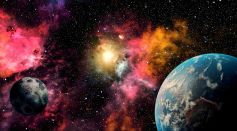
JWST's Glimpse into the Future: Predicting Solar System's Fate through Exoplanet Observations
$19 Billion Vera C. Rubin Observatory in Chile Is Set to Change Our Understanding of Astronomy, Answer Questions About the Universe
Diamonds Rain on More Planets Across the Universe Than Previously Thought; What Causes This Exotic Type of Precipitation?
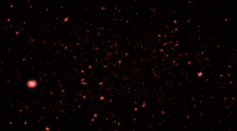
Cosmic Strings Could Break and Shake the Universe, Filling Celestial Spaces With Rippling Gravitational Waves

Enigmatic 'Big Ring': A Cosmic Megastructure Defying Universe's Limits
Dark Matter Could Help Discover the Origin of Primordial Magnetic Fields in the Cosmos, Study Reveals
Top 8 Cosmic Wonders Captured by NASA's James Webb Space Telescope on Its Second Anniversary
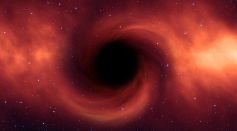
Atom-Sized Black Holes From Early Universe Could Be Dwelling in Star Hearts, Eating Their Way Out, Research Suggests
Elusive Hydrogen-Poor Stars Responsible for Spectacular Supernova Explosions in the Universe Uncovered in Breakthrough Discovery

Universe's First Clues to Nuclear Fission Hint at Ancient Stars Crafting Heavier Elements Than Ever Found on Earth
12-Billion-Year-Old and Largest Water Reservoir in Universe Discovered Floating Around a Massive Feeding Black Hole
Space Telescope Finds 294 New Gamma-Ray Pulsars, Expanding Fermi Catalog to Over 340 Objects

Impact of Imperfect Timekeeping Puts Limit on Quantum Computers and Its Applications, Study Reveals
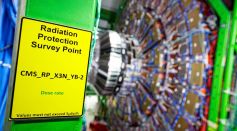
Recent Search of Dark Matter Ends Empty-Handed, Unveiling Limits and Charting New Paths for Discovery
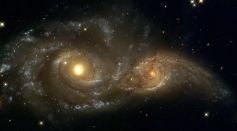
Surprising Rarity of Spiral Galaxies on the Supergalactic Plane: Supercomputer Simulations Unveil Dominance of Bright Elliptical Ones
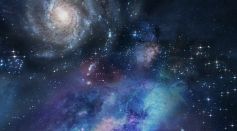
Teenage Galaxies Are Extremely Hot With Unexpected Heavy Metal Composition, Early Survey Using JWST Reveals
Most Popular

How AI Is Used in Weather Prediction: Smarter Forecasting Through Machine Learning

The Future of Clean Tech: Exploring the Next Generation of Renewable Energy Breakthroughs

De-Extinction vs. Conservation Science: Which Approach Protects Biodiversity Most Effectively?

Geoengineering and Climate Intervention Science: Can We Really Engineer a Cooler Planet?




